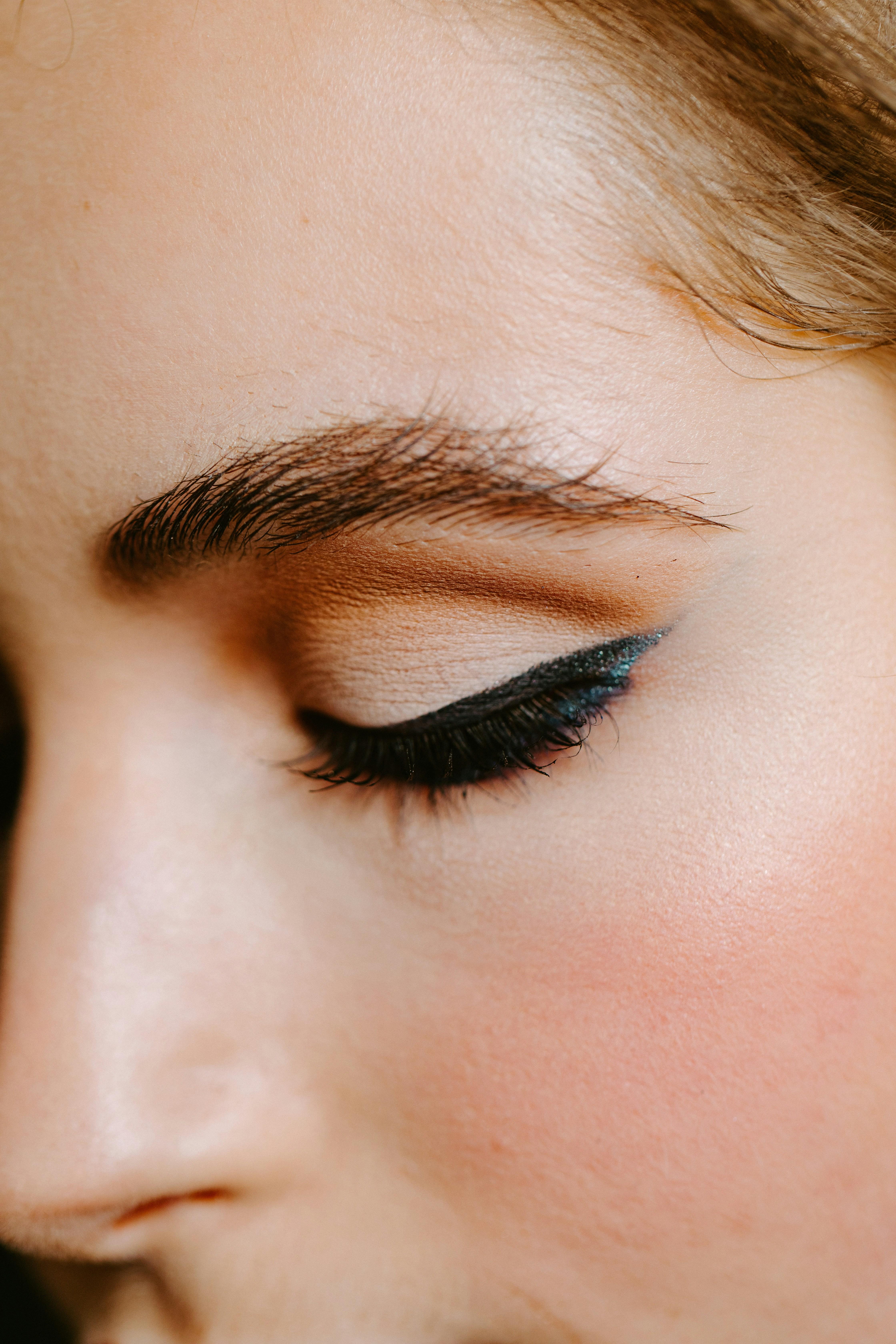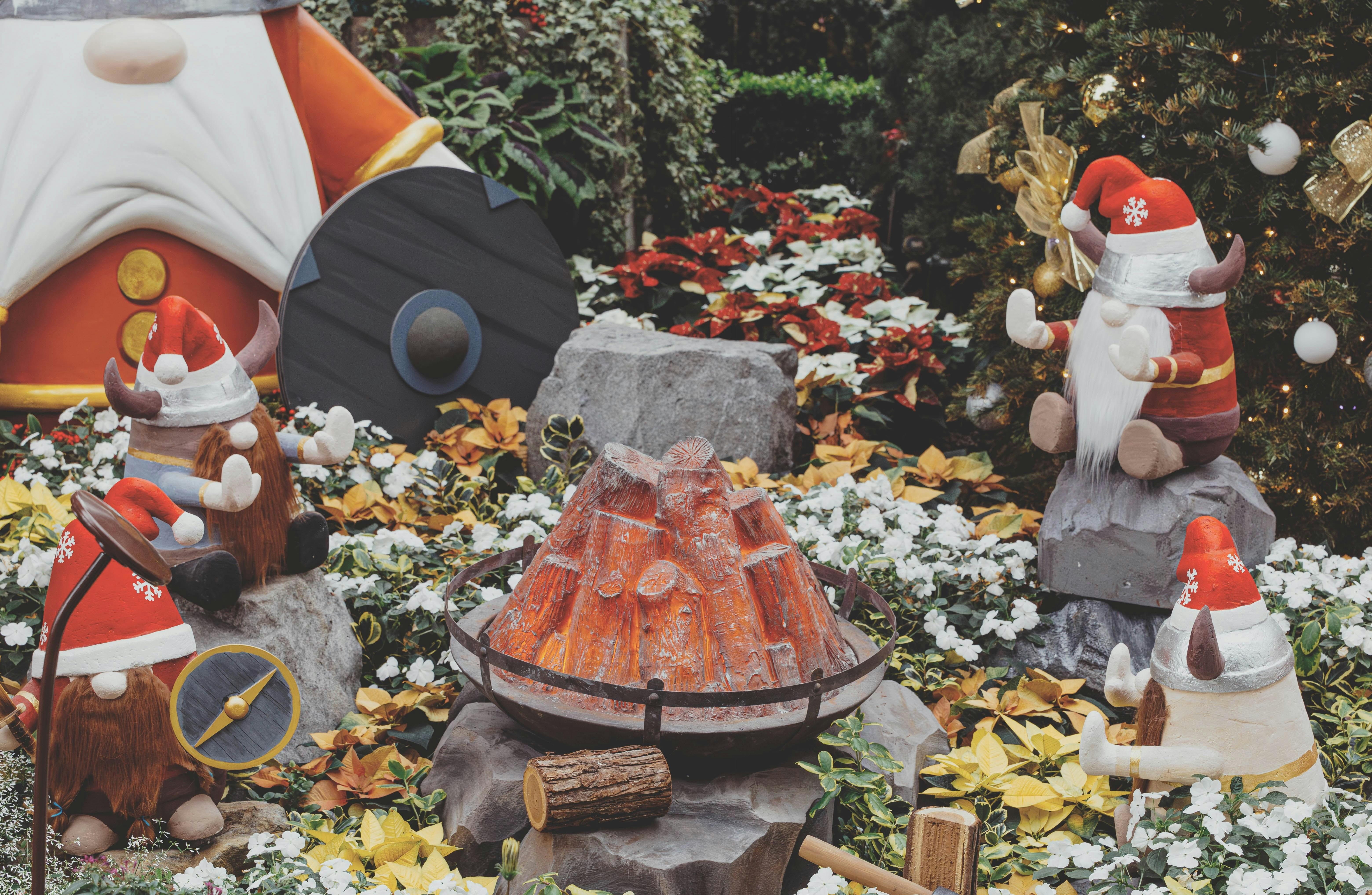In the enchanting realm of Middle-earth, the journey of thirteen dwarves unfolds with a rich tapestry of lore and legend. Behind the scenes of ”The Hobbit,” a dedicated team of artists, craftsmen, and storytellers embarked on their own epic quest: to bring these stout-hearted characters to life. From intricate prosthetics to elaborate costumes, the creation of the dwarves was a meticulous process blending innovation with tradition. This article delves into the artistry and ingenuity that transformed words on a page into the vivid, unforgettable figures who captured the hearts of audiences worldwide. Join us as we explore the fascinating world behind the making of the dwarves, where imagination knows no bounds.
Crafting Dwarven Identities: Character Development and Design
The creation of the dwarves in “The Hobbit” was a meticulous process that blended intricate storytelling with visual artistry. Each dwarf was designed to reflect their unique personality, culture, and role within the narrative. Tolkien’s world demanded authenticity, and the filmmakers delivered by crafting detailed backgrounds and distinctive appearances for each character. This involved an extensive collaboration between writers, designers, and actors to ensure that every dwarf had a rich identity that resonated with audiences.
- Physical Characteristics: The dwarves were distinguished by their robust physiques, elaborate beards, and unique attire, each element symbolizing their individual traits.
- Costume and Armor: Designers used a blend of medieval and fantastical elements to create armor and clothing that told a story of heritage and adventure.
- Personality Traits: From the wise and stoic Balin to the fierce and unpredictable Thorin, character development was rooted in Tolkien’s lore, bringing depth to each dwarf’s persona.
The integration of practical effects with CGI technology further enhanced the dwarven experience, allowing the characters to interact seamlessly with their surroundings. This attention to detail in character development and design was crucial in bringing Tolkien’s vision to life, ensuring that the dwarves were not just supporting players, but pivotal figures with compelling stories of their own.
From Concept to Costume: The Art of Dwarven Attire
The journey from initial sketches to fully realized dwarven attire in “The Hobbit” was a meticulous process that combined creativity with craftsmanship. Each piece of clothing was designed to reflect the rich culture and rugged lifestyle of the dwarves. Costume designers drew inspiration from ancient Norse and Celtic influences, aiming to capture the essence of a people who are both formidable warriors and skilled artisans.
- Layering and Texture: Dwarven costumes were crafted with multiple layers, showcasing a variety of textures to emphasize durability and depth.
- Color Palette: Earthy tones and metallic hues were predominant, symbolizing the dwarves’ connection to the mountains and their mining heritage.
- Details and Accessories: Intricate embroidery, leatherwork, and metal embellishments were incorporated to reflect their craftsmanship and attention to detail.
Each costume was tailored to the character’s individual story, allowing the audience to discern personality traits through attire alone. This careful attention to detail ensured that the dwarves’ costumes not only supported the narrative but also brought an added layer of authenticity to the fantasy world.

Breathing Life into Myth: The Role of Makeup and Prosthetics
In the enchanting world of Middle-earth, the transformation of actors into the resilient dwarves of “The Hobbit” was a testament to the artistry of makeup and prosthetics. Every wrinkle and battle scar was meticulously crafted, bringing authenticity and depth to these beloved characters. The creative process involved a symphony of techniques that seamlessly blended reality with fantasy.
- Detailed Prosthetics: Each dwarf required custom prosthetics to capture their unique features. This included intricately designed noses, ears, and foreheads.
- Layered Makeup: Layers of paint and texture were applied to mimic the rugged terrain of a life lived in the mountains.
- Beard Crafting: The iconic beards were woven from real hair, dyed, and styled to reflect each character’s personality and backstory.
The result was a stunning visual narrative, where each dwarf emerged not just as a character, but as a living piece of mythology, breathing life into Tolkien’s timeless tale.

Mastering Movements: Training and Choreography for Dwarves
The journey to bring the dwarves of “The Hobbit” to life required an intricate blend of choreography and movement training. Unlike typical human characters, the dwarves needed to exhibit a unique, robust physicality that matched their mythical personas. To achieve this, the actors underwent specialized training, focusing on the gait, posture, and gestures that defined their characters.
- Custom Movement Workshops: Actors participated in workshops designed to explore the dwarves’ distinctive way of moving. These sessions emphasized the weight and balance shifts that would naturally occur in a character of shorter stature.
- Weapon Handling: Given the dwarves’ warrior heritage, mastering the use of weapons such as axes and swords was essential. Choreographers crafted detailed sequences that highlighted their combat prowess while maintaining authenticity.
- Character-Specific Nuances: Each dwarf had unique traits that were expressed through movement. Individual training sessions were conducted to develop these nuances, ensuring that each character was distinguishable in both group scenes and close-ups.
These efforts resulted in a portrayal that was not only visually compelling but also deeply rooted in the lore of Middle-earth, capturing the essence of Tolkien’s beloved characters.

